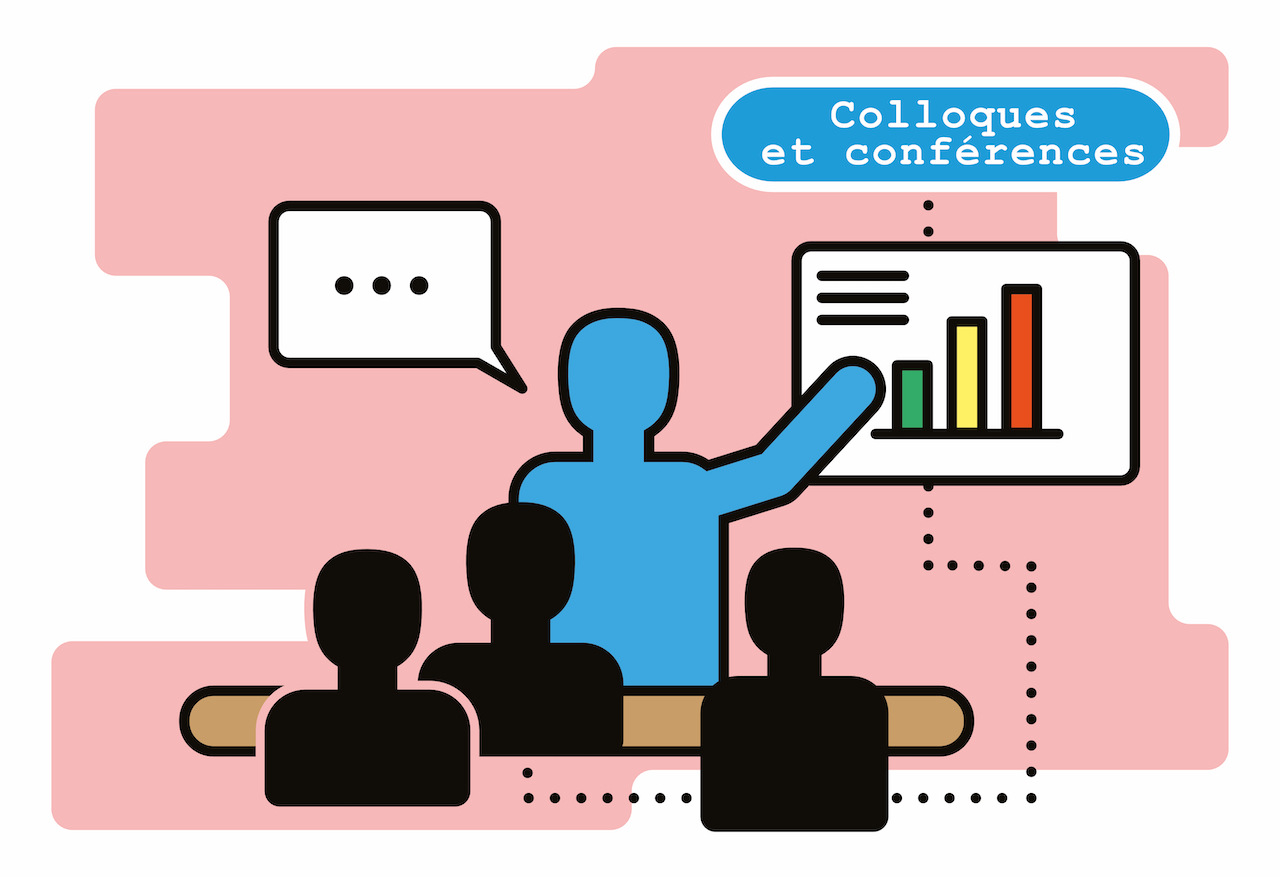Architectural modelling and archaeological reconstitution: digital tools for 3d acquisition and modelling assistance.
Fiche du document
- ISIDORE Id: 10670/1.d1b075...
- halshs: halshs-00264441
info:eu-repo/semantics/OpenAccess
Sujets proches
Molding (Clay, plaster, etc.) Clay modeling ModellingCiter ce document
Alain Fuchs et al., « Architectural modelling and archaeological reconstitution: digital tools for 3d acquisition and modelling assistance. », HAL SHS (Sciences de l’Homme et de la Société), ID : 10670/1.d1b075...
Métriques
Partage / Export
Résumé
The MAP-CRAI laboratory leads researches dedicated to 3D acquisition procedures (Mensi's “Soisic” laser scanner) and especially to processing the resulting data. The scanner allows the measurement of buildings or architectural details and their restitution based on processing of points clouds data files. To process the data, we chose architectural geometric modeling in order to obtain relevant 3D models, the intended use being architectural representation. Architectural modeling is understood here like a “meta” level compared to geometric modeling. This three-dimensional modeling thus forms a language whose vocabulary would consist of geometrical primitives and whose grammar would consist of specific combinatorial rules. To validate this process, it has been necessary to resort to several experimentations. We thus tested the tools developed for the modeling of a classical 17th century building and its environment. These tools were based here on the morphological characteristics of classical architecture: repetition by translatory movement, symmetry, rotation, hierarchical organization based on the architectural orders, etc... Finally, the 3D model was completed in the modeling software by additional data, such as the textures, obtained on site by photogrammetric measurement. In the archaeological domain, experimentations validating the data acquisition and the 3D modeling chain have already been carried out on a Gallo-Roman temple and are currently being continued on architectural elements related to Khmer civilization (Cambodia). Another experimentation's aspect is the integration of the resulting algorithms in a professional 3D modeling software. These researches aim to facilitate the transition from the acquisition and semantic description step, to a specific geometric modeling known as "architectural modeling" ie: a digital representation form of three-dimensional data completed and adapted to the measured elements.
